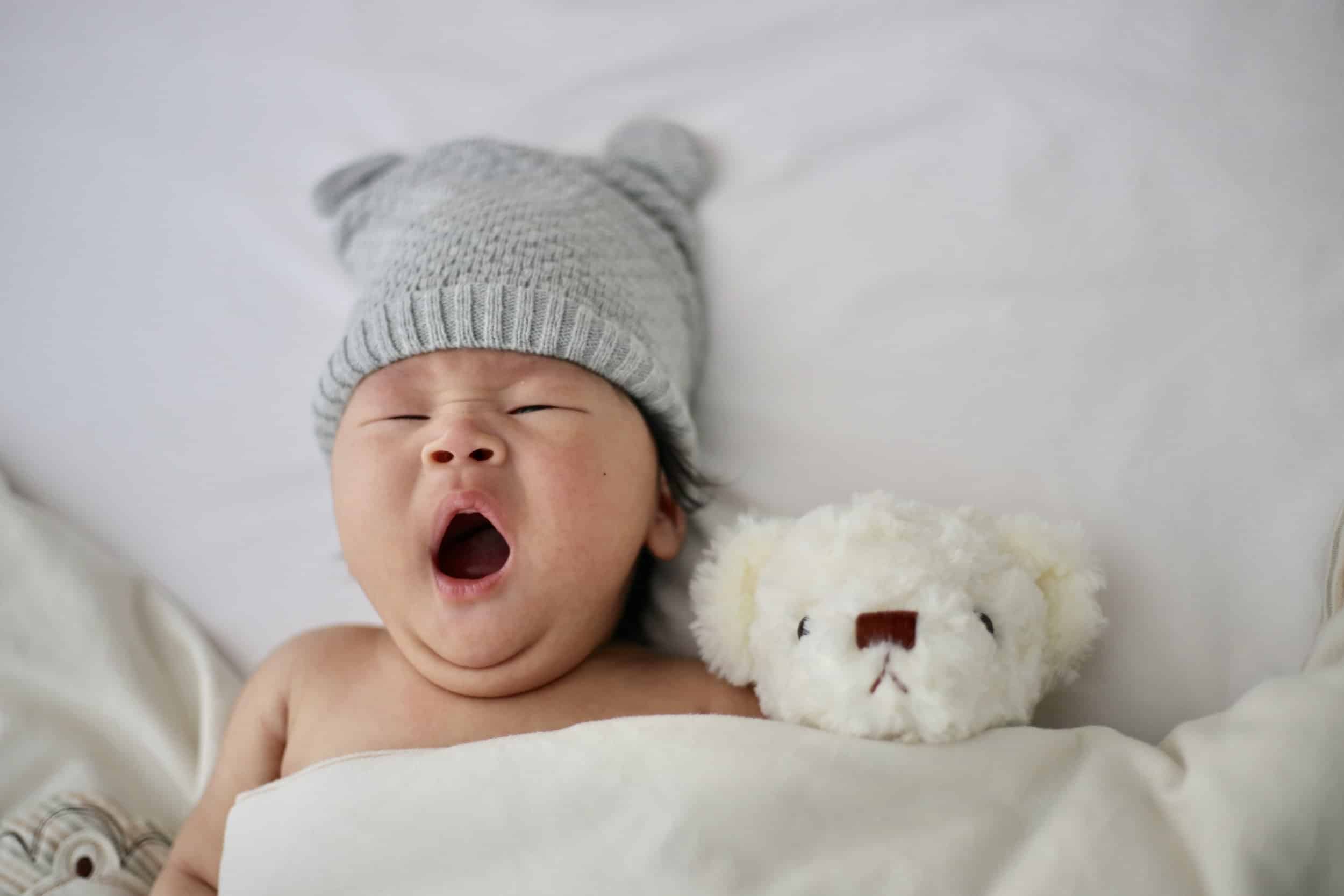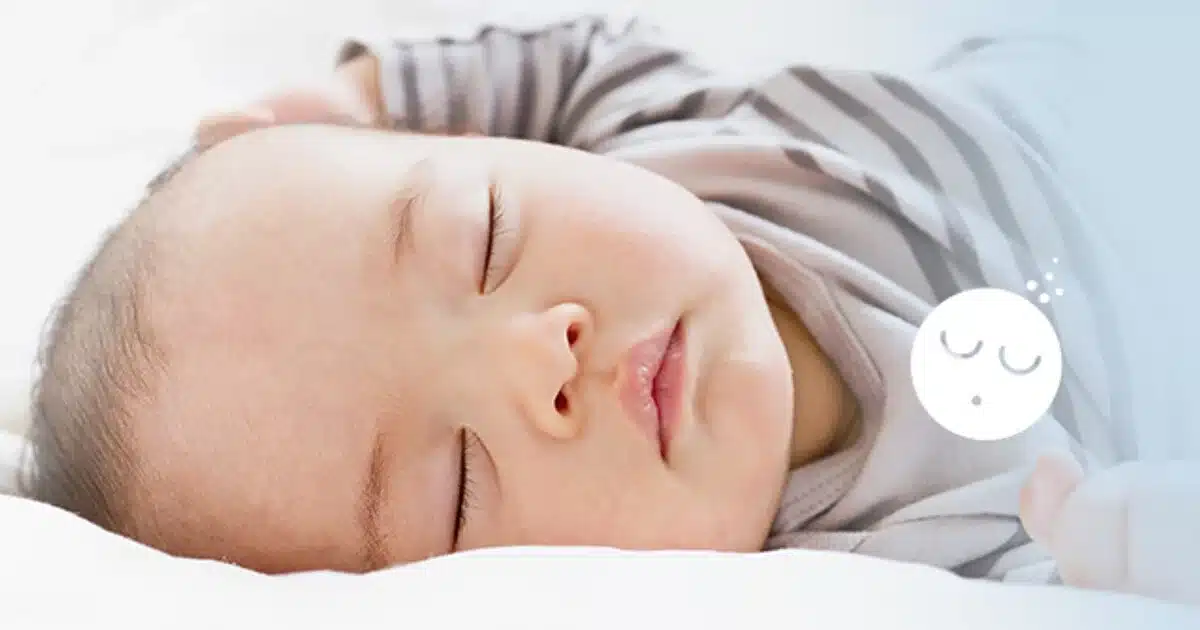As a parent, the safety of your baby is your top priority. Baby-proofing your home with the right safety gear is essential to protect your little one from potential hazards. In this article, we will guide you through the must-have baby safety gear that will help you create a secure and safe environment for your baby.
Why Baby Safety Gear Is Important
Babies are naturally curious and eager to explore their surroundings.
However, their inquisitive nature can sometimes lead them into dangerous situations.
Baby safety gear is designed to minimize risks and prevent accidents by making your home safer for your baby to move around in.
From sharp corners to open cabinets, these safety tools provide peace of mind, allowing you to focus on enjoying time with your baby.
Essential Baby Safety Gear
Here’s a list of essential baby safety gear every parent should consider for baby-proofing their home:
1. Safety Gates
Safety gates are one of the first things you’ll need to secure stairways, doorways, and other potentially hazardous areas.
They help keep your baby away from stairs, kitchens, or any room that might pose a danger.
Make sure to choose sturdy gates that are easy to install and have childproof latches to prevent your baby from opening them.
2. Outlet Covers
Electrical outlets are a common safety hazard for babies. They are the perfect size for curious little fingers to poke into, which can lead to dangerous shocks.
Outlet covers are an easy and affordable solution to keep your baby safe. Simply snap them over your home’s outlets to block access and ensure your baby doesn’t get hurt.
3. Corner Guards
Sharp corners on furniture like coffee tables, TV stands, and bookshelves can cause serious injury to your baby.
Corner guards are simple foam or rubber covers that fit over the edges of furniture, softening the blow if your baby bumps into them. These are a must-have in every home with a mobile baby.
4. Cabinet Locks
Cabinets and drawers often contain cleaning products, sharp objects, or medications, all of which can be harmful to your baby.
Installing cabinet locks is a simple way to prevent your baby from accessing potentially dangerous items.
Magnetic or spring-loaded locks work well to keep your little one from getting into cabinets and drawers.
5. Baby Monitor
A baby monitor is an essential safety tool for keeping an eye (and ear) on your baby when you’re not in the same room.
Baby monitors come in a range of options, from simple audio monitors to high-tech video models that let you see your baby from another room.
Choose a monitor that offers a clear signal and good battery life for maximum peace of mind.
6. Door Stoppers
As your baby begins to crawl and explore, doors can become a safety hazard. A slamming door can pinch little fingers or cause injury.
Door stoppers are an easy fix to prevent this from happening. They work by keeping doors from closing fully, allowing a gap to protect your baby’s fingers from getting caught.
7. Stove Knob Covers
The kitchen is one of the most dangerous rooms in the house, especially as your baby becomes more mobile.
Stove knobs are a particular concern, as they can easily be turned on by curious hands.
Stove knob covers are a simple way to keep your baby safe by preventing them from being able to turn on the stove.
8. Furniture Anchors
Heavy furniture like bookshelves, dressers, and TV stands can pose a serious danger if they tip over.
As your baby begins to pull themselves up or walk, they might pull on furniture, causing it to tip over.
Furniture anchors secure heavy items to the wall, preventing them from falling and injuring your baby.
9. Window Guards
Windows are another area of concern as babies grow and start to explore. Falls from windows can lead to serious injuries.
Window guards are installed on windows to prevent them from opening too wide, keeping your baby safe from potential falls.
These guards are easy to install and can be removed when your child gets older.
10. Toilet Locks
Toilets are an area that babies love to explore. Unfortunately, the water and the lid can present safety risks.
Toilet locks are an easy solution to prevent your baby from opening the toilet lid or playing in the water.
These locks are simple to install and will keep your baby safe from this hidden danger.
Other Helpful Baby Safety Gear
While the above items are essential, here are a few other helpful safety items to consider:
-
Finger Pinch Guards: These guards prevent your baby’s fingers from getting caught in doors.
-
Non-slip Rugs and Mats: These mats reduce the risk of slipping and falling when your baby starts to crawl or walk.
-
Baby-proofing Kits: Many companies offer kits that include outlet covers, corner guards, and cabinet locks, providing everything you need to baby-proof your home in one go.
- Read more about Baby Video Monitors…
Conclusion
Baby safety gear is an essential part of creating a safe and secure environment for your little one.
By installing items like safety gates, outlet covers, corner guards, and cabinet locks, you can prevent accidents and give yourself peace of mind.
Baby-proofing your home is not a one-time task – it’s important to regularly check the safety measures you’ve put in place as your baby grows and becomes more mobile.
With the right safety gear, you can ensure that your home is a secure place for your baby to explore and grow.











